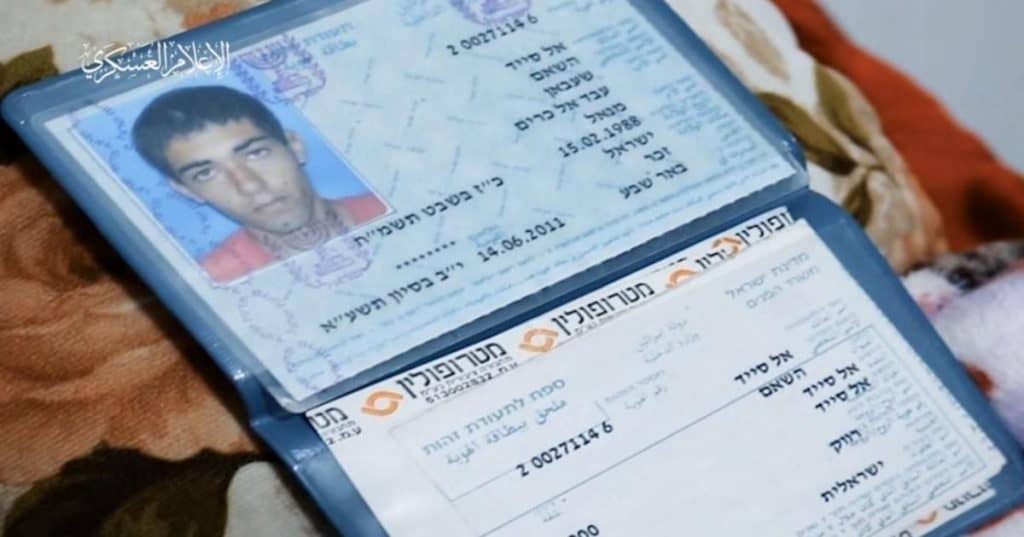
On Monday, Abu Obeida, the spokesperson of Hamas’ so-called military wing, al-Qassam Brigades, published a brief statement saying the health of a prisoner it was holding captive was deteriorating.
“We announce a deterioration in the health of one of the enemy prisoners of the al-Qassam Brigades, and we will publish in the coming hours, God willing, confirmation of this.”
The following day, a video of a missing an Israeli-Bedouin, Hisham al-Sayed, was published by a specialized group of Hamas militants called Shadow Unit. The publication showed Sayed laying on a bed connected to an IV and breathing with the assistance of an oxygen mask. While it is difficult to confirm Hamas’ claim of Sayed’s deteriorated medical condition, an Al-Jazeera news segment playing in the background indicates the video was recorded sometime in the last ten days.
Hamas has held Sayed in captivity after he crossed into Gaza in 2015. Hamas also holds Avira Mengistu, an Israeli who crossed into Gaza in 2014. Lastly, Hamas has the bodies of two Israeli soldiers, Hadar Goldin and Oron Shaul who were declared killed in action by the Israeli government during the 2014 Gaza war.
The four Israelis have been held as bargaining chips by Hamas in an effort to reproduce the 2011 Wafa al-Ahrar (Faithful to the Free) prisoner exchange where 1,027 Palestinian prisoners were released by Israel for a kidnapped IDF soldier.
Hamas and Israel have indirectly negotiated for the release of the Israeli captives and the bodies of Goldin and Shaul for years, but talks have yet to produce a significant breakthrough.
The video publication should not be viewed as a good faith gesture by Hamas. It is probable the militant organization is trying to influence expected Israeli elections in the fall by reminding Israeli politicians that the issue of a prisoner exchange remains a priority.
Historically, Hamas does not offer information on Israeli captives without exacting a steep price.
For example, in 2009 Hamas sent Israel a video proving Gilad Shalit, an IDF soldier who was kidnapped by Jaysh al-Islam and other militant organizations in 2006, was alive and being held captive. Though the video was only published after the release of 20 female Palestinian prisoners in Israeli custody.
Adding to Hamas’ efforts was an unofficial statement published by Hezbollah-linked Al-Mayadeen News saying the organization was willing to negotiate the exchange of “sick Palestinian prisoners” incarcerated in Israel for Sayed.
The subject of swapping prisoners is a complicated matter for Israel. Previous exchanges with Hamas and Hezbollah involved the release of militants such as Samir Kuntar and Yahya Sinwar who among many others were serving multiple life sentences for acts of terrorism. Like Sinwar, some of those released returned to militant activity and have become a security problem for Israel.
Comparatively, the issue of Palestinian prisoners is a high priority for Hamas and the release of the video is an indication of its willingness to give up on some potential concessions from Israel in order to revive an issue that has been seemingly forgotten by Israeli politicians and the public.
However, it is unlikely an agreement will be reached until an Israeli government is formed, which at the earliest won’t be until later this year.







